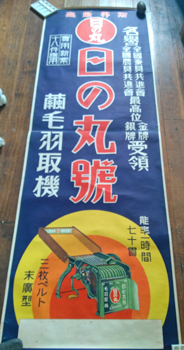
CLEGG, Thomas Bailey. The Bishop's Scapegoat. London, John Lane 1908. Octavo publisher's illustrated cloth blocked in gilt black and cream. Minor signs of use, a bit canted; quite good. Au$350
First, probably only, edition of Ballarat bred Clegg's thriller murder melodrama mostly set in New Caledonia. Clegg was a journalist, lawyer and magistrate who in the eighties had investigated the penal system in New Caledonia and the indentured labour industry in Queensland. The cane fields found their way into his 1907 novel 'The Wilderness' and New Caledonian prisoners into this.
It may be a spoiler but I'll tell you anyway: the men on the front cover are the Bishop of Capricornia who murdered his brother-in-law in Paris and the Frenchman sentenced for that murder. But rest easy, there is a twist.

















































































































